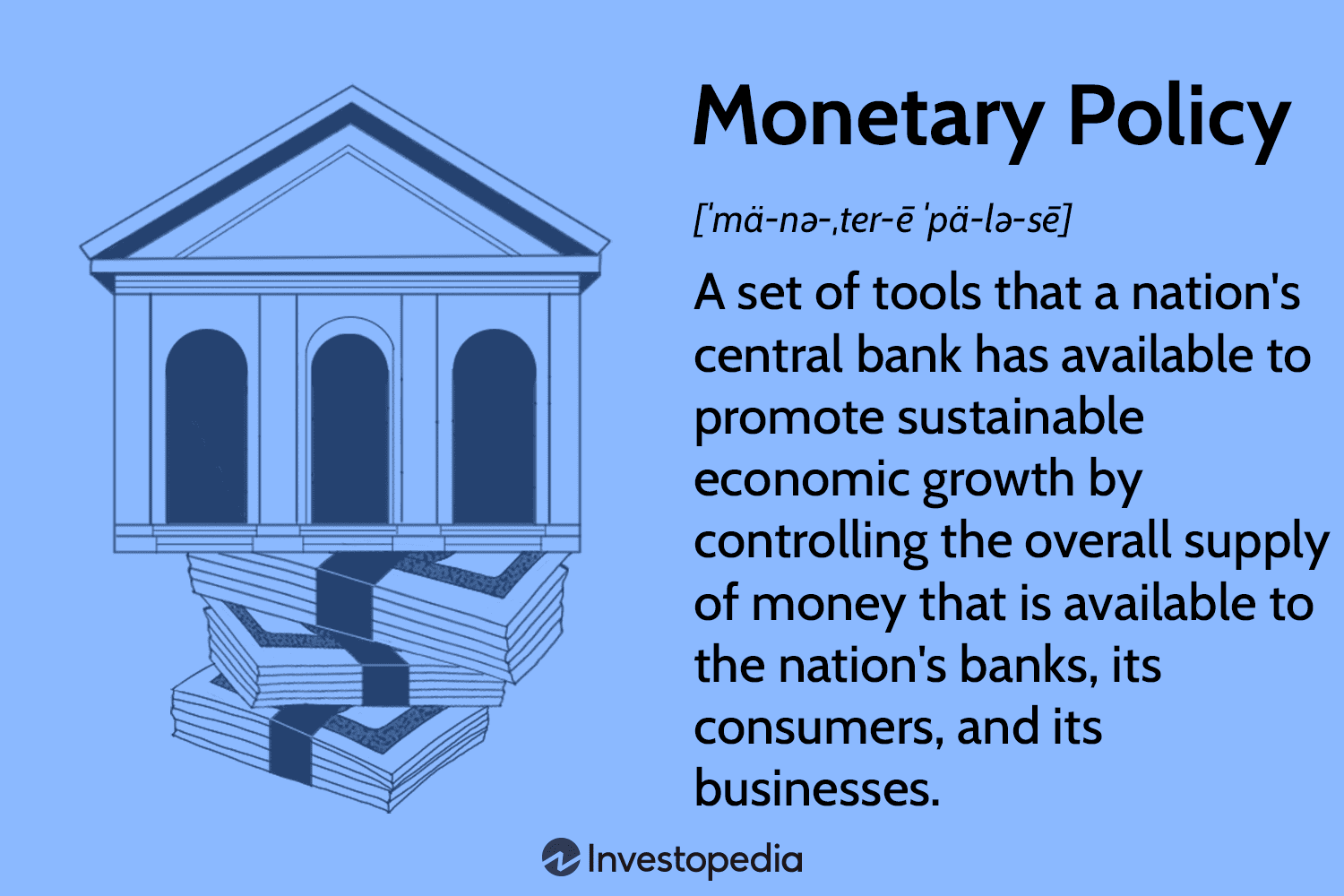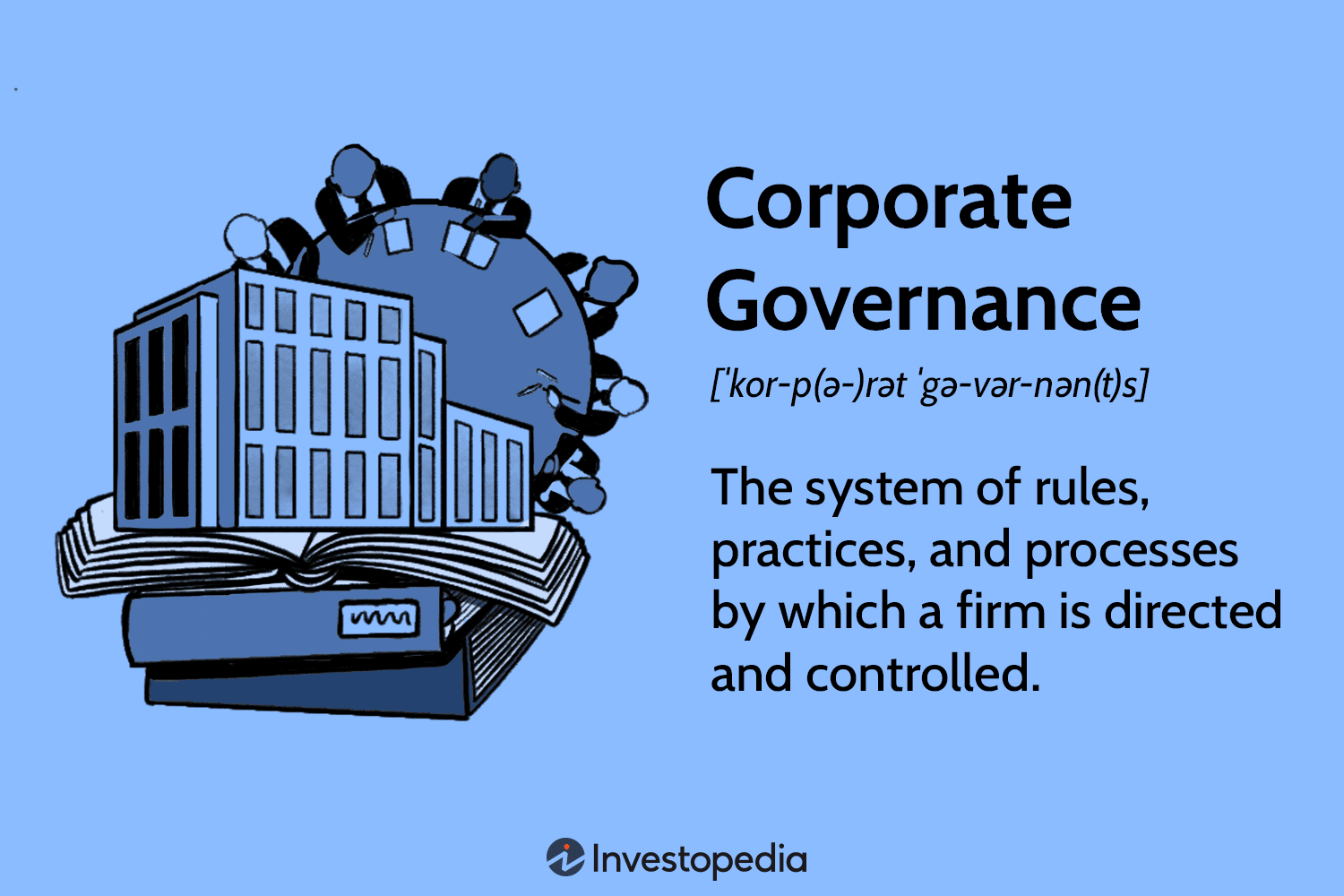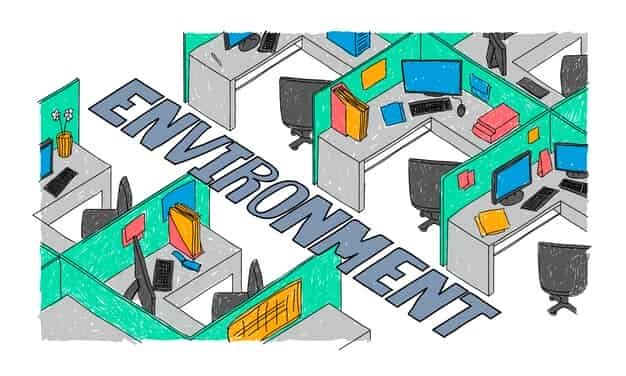Inside the Paris Agreement: Key Details You Need to Know Now
Mia Wilson

Photo: Inside the Paris Agreement: Key Details You Need to Know Now
The Paris Agreement stands as a monumental international accord, representing a unified global commitment to combat the pressing issue of climate change. Adopted by nearly every nation in December 2015 during the 21st Conference of the Parties (COP21) in Paris, this historic agreement sets a collective course to limit global warming. The primary aim is to cap the rise in global temperatures to well below 2°C above pre-industrial levels, with an aspirational target of 1.5°C. This ambition underscores the urgency and importance of the Paris Agreement, as it seeks to mitigate the devastating impacts of climate change—ranging from extreme weather events to rising sea levels—that threaten ecosystems, economies, and communities worldwide. By encouraging countries to reduce greenhouse gas emissions, the Paris Agreement serves as a pivotal framework for fostering international cooperation and accountability, marking a critical step toward a more sustainable and resilient future for all.
Background and History
The Paris Agreement's origins are deeply rooted in the evolution of global climate diplomacy, tracing back to the establishment of the United Nations Framework Convention on Climate Change (UNFCCC) in 1992. This foundational treaty was created to address the growing concerns about climate change and its potential impacts on the planet. As a framework for international cooperation, the UNFCCC set the stage for subsequent agreements, including the Kyoto Protocol of 1997. The Kyoto Protocol was a pivotal step, setting legally binding emission reduction targets for developed countries. However, its limited scope and lack of binding commitments for developing nations highlighted the need for a more inclusive and comprehensive agreement.
The road to the Paris Agreement was paved with intense negotiations and growing scientific evidence of the urgent need to address global warming. The culmination of these efforts occurred in December 2015, during the 21st Conference of the Parties (COP21) in Paris. Against a backdrop of rising global temperatures and increasing climate-related disasters, world leaders and negotiators from nearly 200 countries came together to forge a new path forward. The adoption of the Paris Agreement was a historic moment, marking a significant shift in the global climate policy landscape. Unlike its predecessors, the Paris Agreement emphasized a bottom-up approach, with countries submitting their own nationally determined contributions (NDCs) to mitigate climate change, reflecting a shared but differentiated responsibility. This landmark accord was celebrated as a testament to the power of international collaboration and the collective will to tackle one of the greatest challenges of our time.
Key Objectives and Targets
At the heart of the Paris Agreement are ambitious yet crucial targets designed to curb the planet's warming trajectory. The primary temperature goal is to limit the increase in global average temperatures to well below 2°C above pre-industrial levels, with a more ambitious aim of capping the rise at 1.5°C. This dual-target approach reflects the understanding that even a 2°C rise can lead to severe, irreversible impacts on ecosystems, human health, and economies. The 1.5°C target, though more challenging, offers a safer threshold, particularly for vulnerable regions like small island nations and coastal areas.
To achieve these temperature goals, the Paris Agreement introduces Nationally Determined Contributions (NDCs), which are voluntary climate action plans submitted by each country. These NDCs outline the specific measures each nation intends to take to reduce greenhouse gas emissions, considering their national circumstances and capabilities. Recognizing the evolving nature of technology, science, and economic conditions, the agreement mandates that countries update and enhance their NDCs every five years. This cycle ensures a progressive increase in global ambition and adaptation strategies.
The Global Stocktake is another critical component of the Paris Agreement's architecture. Every five years, starting in 2023, a comprehensive assessment will evaluate the collective progress towards achieving the agreement's long-term goals. This stocktake process serves as a vital checkpoint, offering a transparent review of global efforts, identifying gaps, and encouraging nations to ratchet up their commitments. By fostering accountability and transparency, the Global Stocktake is integral to maintaining momentum and ensuring that the world stays on track to meet its climate objectives.
Mechanisms and Framework
The Paris Agreement's success hinges on a robust framework of transparency, accountability, and support mechanisms that ensure all parties stay true to their commitments. Central to this framework is the Enhanced Transparency Framework (ETF), which establishes rigorous guidelines for monitoring, reporting, and verifying emissions reductions. Countries are required to regularly submit detailed reports on their greenhouse gas inventories and progress towards their Nationally Determined Contributions (NDCs). These reports are subject to technical expert reviews, ensuring that data is accurate and comparable across nations. This transparency mechanism not only fosters trust among countries but also provides a clear picture of global progress, allowing for informed policy decisions and adjustments.
In addition to transparency, the Paris Agreement acknowledges the need for financial support, particularly for developing nations that often lack the resources to implement effective climate actions. Developed countries have committed to mobilizing at least $100 billion annually in climate finance by 2020, a pledge that extends through 2025. This funding is crucial for helping vulnerable nations mitigate greenhouse gas emissions and adapt to the adverse effects of climate change. It covers a range of activities, from building resilient infrastructure to protecting natural ecosystems and supporting clean energy projects.
Another vital component of the Paris Agreement is the emphasis on technology transfer and capacity building. Recognizing that technological innovation is key to tackling climate change, the agreement encourages developed countries to share advanced technologies with less developed nations. This includes providing access to low-emission technologies, renewable energy solutions, and sustainable agricultural practices. Moreover, capacity-building initiatives aim to enhance the skills and knowledge of individuals and institutions in developing countries, enabling them to effectively implement climate policies and strategies. Through these provisions, the Paris Agreement seeks to create a more equitable global response to climate change, ensuring that all countries, regardless of their economic status, can contribute to and benefit from global climate action.
Implementation and Challenges
The Paris Agreement's strength lies in its unprecedented global participation, with nearly every country in the world committing to its goals. This universal involvement is crucial, as climate change is a global issue requiring a collective response. However, the agreement also recognizes that each nation's circumstances—economic development, capacity, and historical emissions—differ significantly. As a result, the commitments, known as Nationally Determined Contributions (NDCs), vary widely. Developed countries typically commit to more ambitious emissions reductions and financial support, while developing nations focus on sustainable development and adaptation efforts.
Despite the broad consensus, implementing the Paris Agreement faces numerous challenges. Politically, achieving and maintaining national commitments can be contentious, especially in countries where economic growth is heavily dependent on fossil fuels. Economically, transitioning to a low-carbon economy requires significant investment, infrastructure changes, and the potential for short-term economic disruptions. Additionally, technical barriers exist, including the need for new technologies, data collection systems, and expertise to accurately monitor and report emissions.
A notable event in the agreement's history was the United States' withdrawal under the Trump administration in 2017, citing economic concerns and perceived unfairness in the distribution of responsibilities. This withdrawal marked a significant setback, as the U.S. is one of the world's largest emitters of greenhouse gases. However, the global commitment to the Paris Agreement remained strong, with other nations reaffirming their commitments. In a pivotal turn, the U.S. re-entered the agreement under the Biden administration in early 2021, signaling a renewed focus on climate action and international cooperation. This re-entry was a critical moment, underscoring the dynamic nature of global climate politics and the ongoing challenges in maintaining a unified response to climate change.
Progress and Future Outlook
As of now, the Paris Agreement continues to be a cornerstone of global climate action, with significant developments occurring since its adoption. Countries have submitted their updated Nationally Determined Contributions (NDCs), reflecting both progress and the ongoing challenges in reducing emissions. While some nations have increased their ambitions, pledging to achieve net-zero emissions by mid-century, others have faced difficulties in aligning their domestic policies with their international commitments. Notable advancements include the European Union's "European Green Deal," China's pledge to peak emissions before 2030 and achieve carbon neutrality by 2060, and the United States' commitment to a 50-52% reduction in emissions by 2030 compared to 2005 levels.
Despite these efforts, the current status of global climate actions reveals a mixed picture. Although there has been progress, it is not yet sufficient to meet the Paris Agreement's goals. According to the United Nations, even with the updated NDCs, the world is on track for a temperature rise of around 2.7°C by the end of the century. This projection underscores the urgent need for increased ambition and accelerated action. Scientists and policymakers agree that limiting warming to 1.5°C is critical to avoiding the most catastrophic impacts of climate change, such as severe weather events, loss of biodiversity, and significant disruptions to food and water security.
Looking ahead, the future of the Paris Agreement depends on the willingness of countries to not only meet but exceed their current commitments. The upcoming Global Stocktake in 2023 will be a crucial moment for assessing collective progress and identifying areas for improvement. It is a vital opportunity for countries to ramp up their efforts, enhance cooperation, and innovate in areas like renewable energy, sustainable agriculture, and carbon capture technologies. The next few years are pivotal; they will determine whether the international community can come together to achieve a sustainable, climate-resilient future or face the dire consequences of inaction.
Conclusion
the Paris Agreement stands as a historic and essential international accord, uniting nations in the fight against climate change. We explored the agreement's origins and its foundational role in global climate governance, the ambitious temperature goals set to limit global warming, and the varied Nationally Determined Contributions (NDCs) reflecting each country's unique circumstances. We also delved into the mechanisms for transparency, financial support, and technology transfer that underpin the agreement, alongside the challenges of political, economic, and technical barriers that complicate implementation. Notable events, such as the U.S. withdrawal and subsequent re-entry, highlighted the dynamic nature of global climate politics. Lastly, we reviewed the current status and future outlook, emphasizing the critical need for increased ambition to meet the agreement's targets.
As the world faces an unprecedented climate crisis, the importance of continued global cooperation cannot be overstated. The Paris Agreement provides a framework, but its success hinges on the collective actions of governments, businesses, and individuals alike. It is crucial that countries not only meet but exceed their current commitments, pushing for innovative solutions and sustainable practices. At the same time, individuals can contribute by adopting eco-friendly habits, supporting policies that promote sustainability, and raising awareness about the urgency of climate action. Together, we have the power to forge a resilient, sustainable future and protect our planet for generations to come.
For You
View AllUncover the basics of monetary policy, its tools, and how it influences economic growth. Click for easy insights!
Mia Wilson
Packing for one? Discover the ultimate solo travel packing checklist to stay prepared and stress-free on your next adventure!
Mia Wilson
Discover magical winter adventure destinations. From skiing to ice climbing, embrace the chill and create unforgettable memories this season!
Mia Wilson
Learn about corporate governance, its principles, and its role in ethical business practices. Click for essential insights!
Mia Wilson
Uncover the truth about blockchain's environmental impact and sustainability efforts.
Mia Wilson
Discover the key points of the Kyoto Protocol in this concise overview. Learn its significance and impact on global climate policy. Click to understand more!
Mia Wilson
Education
View All
April 24, 2025
What Is Distance Education? Explained!
Discover how distance education works, its benefits, and how it’s transforming learning. Start your journey today!

April 17, 2025
What Is Secondary Education? Explained!
Learn about secondary education, its structure, and its role in shaping academic and career paths. Get insights today!

April 14, 2025
What Is Post-Secondary Education?
Understand post-secondary education, its types, and how it shapes careers. Start exploring your opportunities today!





